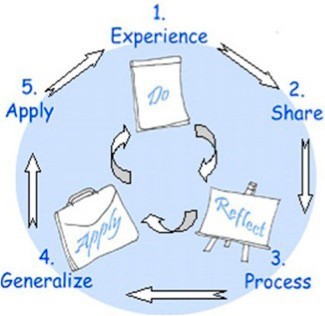Understanding the Ribbon System
4-H Interview Judging: The Danish System
MSU Extension - 4-H Youth Development
WRITTEN BY: Allison Kosto, MSU Extension Agent, Broadwater County
Judging at the county fair has a long history. For over 100 years, county fair contests have been a way for local residents to display their products and skills. In 4-H, youth work hard on 4-H projects throughout the year. The Fair provides them with an opportunity to showcase what they learned.
In the late 1800s, most judges used the American system to award prizes and ribbons. In this system, the exhibits are ranked from best to worst with only the top few receiving a ribbon. The exhibits are compared directly with each other to choose the best one, much like the Olympics. Only one ribbon of each color is awarded in each class.
In the 1900s, the Danish system emerged as popular method of judging especially among young people. In this system, exhibits are not compared to each other, but to ideal standards set prior to judging. Each exhibit is given a ribbon which indicates how well it meets the ideal standards. There may be more than one ribbon of each color in each class.
4-H utilizes the Experiential Learning Model of “Do, Reflect, Apply” to provide educational
opp ortunities for youth to learn and grow. Experiential learning takes places when a
person is involved in “doing” the activity, “reflects” on it and “applies” the information
to the future. To strengthen the reflection and application components, 4-H provides
an opportunity for 4-H youth to interview with the judge. As a youth development organization,
4-H emphasizes the importance of the entire learning process, not just the final product
presented at the Fair. This learning process should be considered in the standards
applied to the class using the Danish system.
ortunities for youth to learn and grow. Experiential learning takes places when a
person is involved in “doing” the activity, “reflects” on it and “applies” the information
to the future. To strengthen the reflection and application components, 4-H provides
an opportunity for 4-H youth to interview with the judge. As a youth development organization,
4-H emphasizes the importance of the entire learning process, not just the final product
presented at the Fair. This learning process should be considered in the standards
applied to the class using the Danish system.
The following ribbon colors are used:
- Purple — Excellent. It is outstanding in all respects and needs no improvement.
- Blue — Exceeds all minimum standards, but there may be a few minor areas of improve-ment.
- Red — Average. Met all minimum standards, but needs improvement.
- White — Failed to meet the minimum standards and needs major improvement.
Often a modified Danish system is used as well. The judge may have the opportunity to pick the top two projects in each class as Grand and Reserve Champion. These designations are used in addition to the assigned ribbon color.

